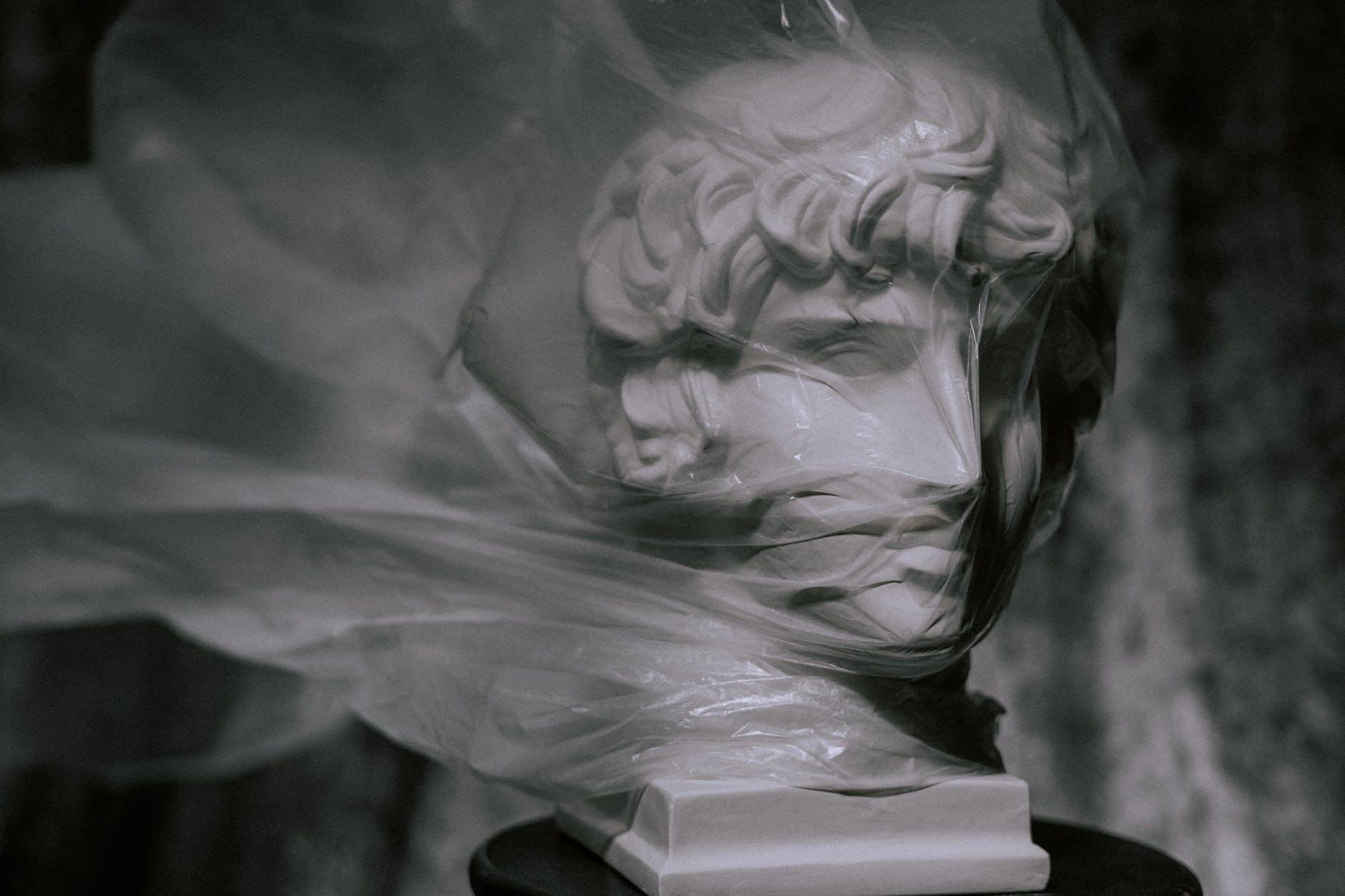The Art of Sculpture Sales: Showcasing and Marketing Your Work
For professional sculptors, marketing completed pieces effectively expands their audience and enables full-time artistic careers. Beyond pure creativity, running a sculpture studio requires strategic promotion, savvy representation, excellent presentation and an entrepreneurial attitude. Mastering the business side allows artists to devote more time to honing their craft. Marketing handmade originals as valuably as they deserve takes knowledge and polish.
Photographing Sculptures
Quality images make first impressions:
- Shoot in natural light against clean backdrops to let the artwork stand out.
- Sculptures look best lit from angles rather than head-on to create definition.
- Take wide overall shots plus well-composed details showing technical finesse.
- For reference, include measurable scales and shots from multiple perspectives.
- Editing refines images – correct lighting, remove distractions, saturate colors.
Writing Descriptions
Convey details and context:
- Note title, dimensions, edition numbers, materials and techniques utilized.
- Describe influences, meaning, sources of inspiration if applicable.
- Articulate vision and aims guiding the piece. Share motivations.
- Outline structural elements and installation requirements.
- Note if multi-part or experiential aspects require certain lighting, spacing, participation, etc.
Promoting On Online Platforms
Digital modes expand exposure in the art market:
- Maintain a portfolio website with shoppable gallery. Optimize images and text for search engine visibility.
- Post on artsy social networks. Engage collector groups related to your style and niche.
- List sculpture offerings with reputable online galleries, auction platforms and consignment marketplaces.
Constructing Proposals
Pitches win commissions and placements:
- Introduce yourself as an artist and summarize past exhibition highlights and education.
- Explain precisely how you would approach their project requirements if selected.
- Provide visuals – past works conveying your aesthetic plus conceptual sketches specific to the prospect.
- List budget, timeline, installation needs, maintenance.
- Describe your public art credentials and fabrication resources if relevant.
Coupling artistic excellence with savvy self-advocacy allows sculptors to attract ideal collectors and commissions for sustaining inspiration through creation.
